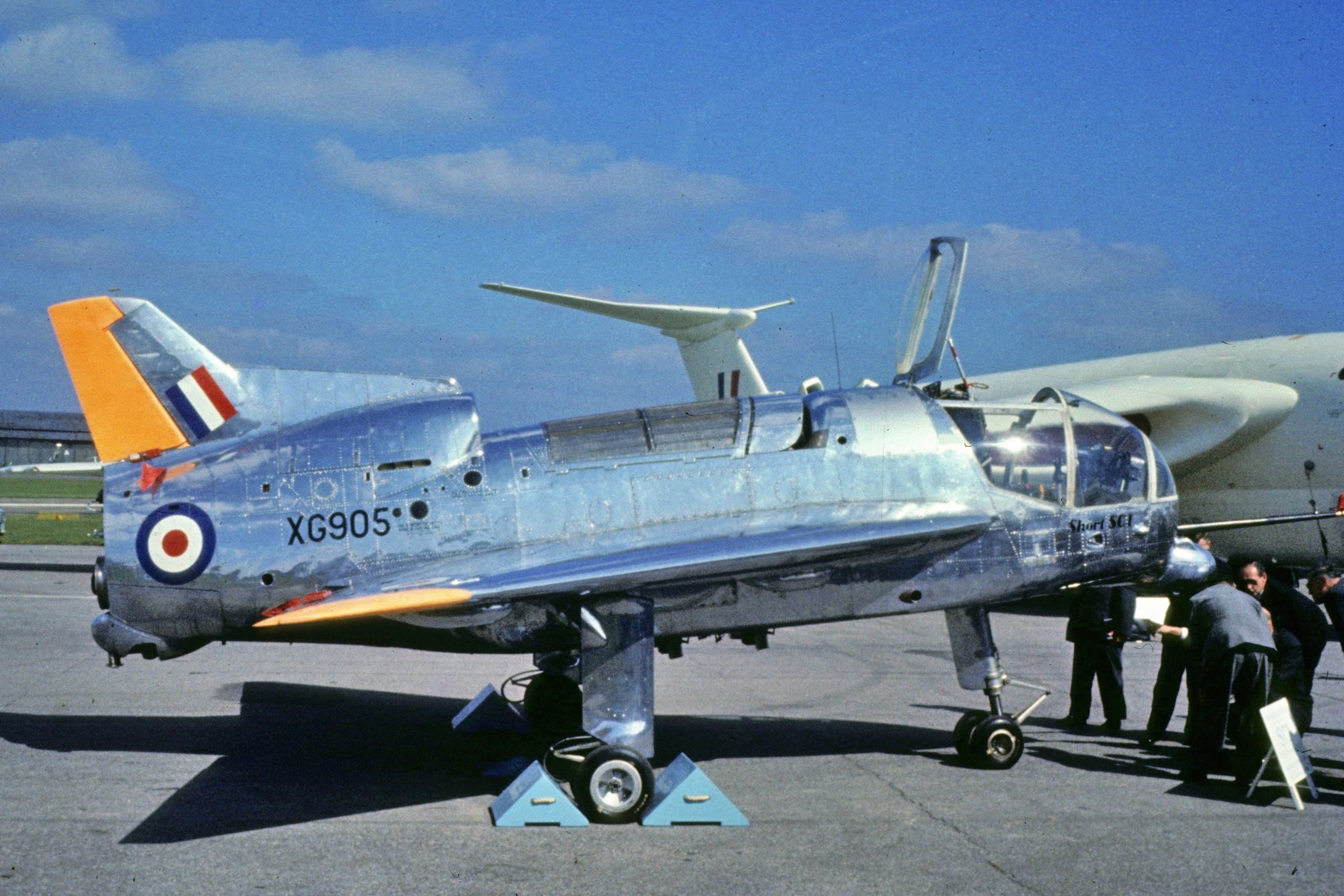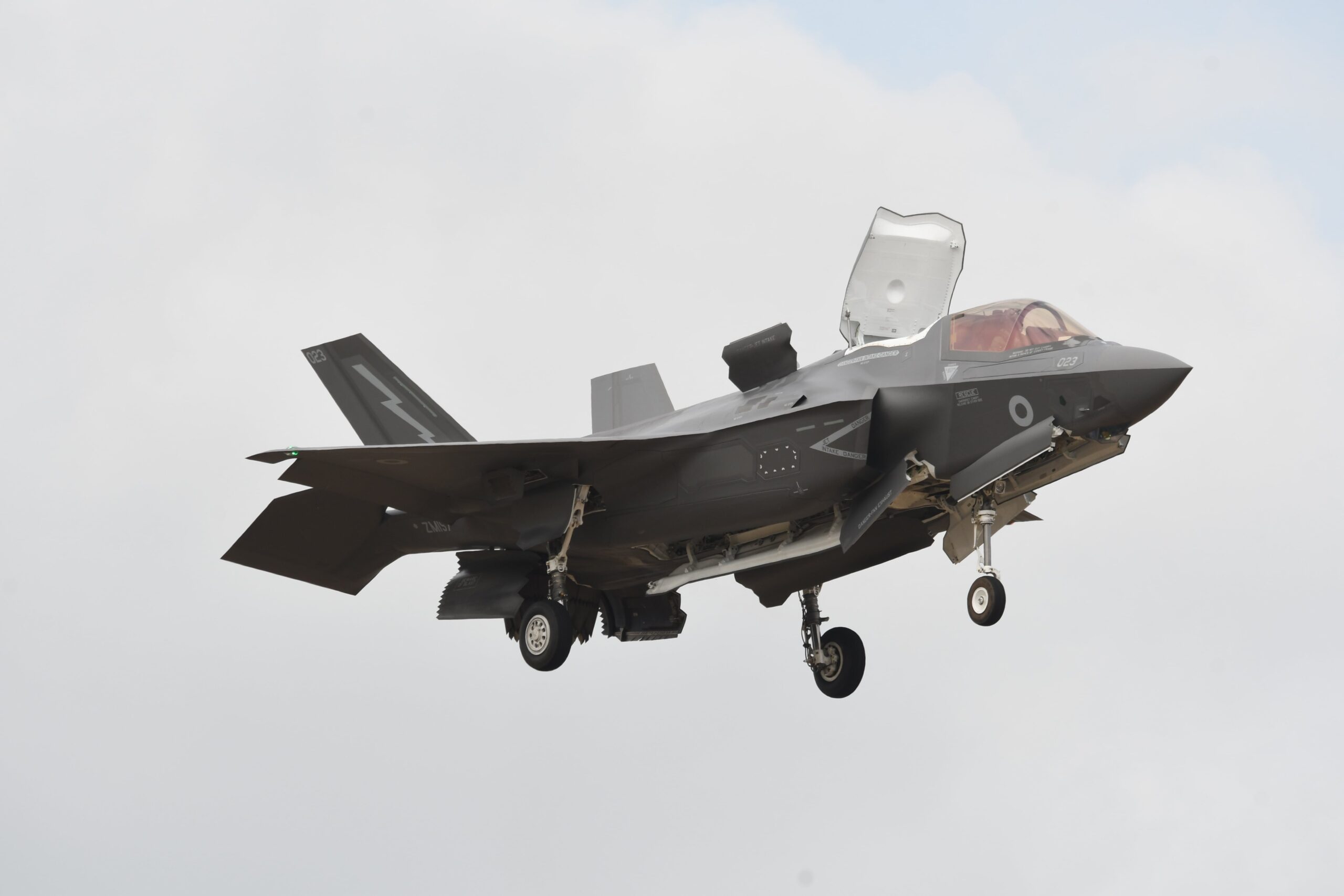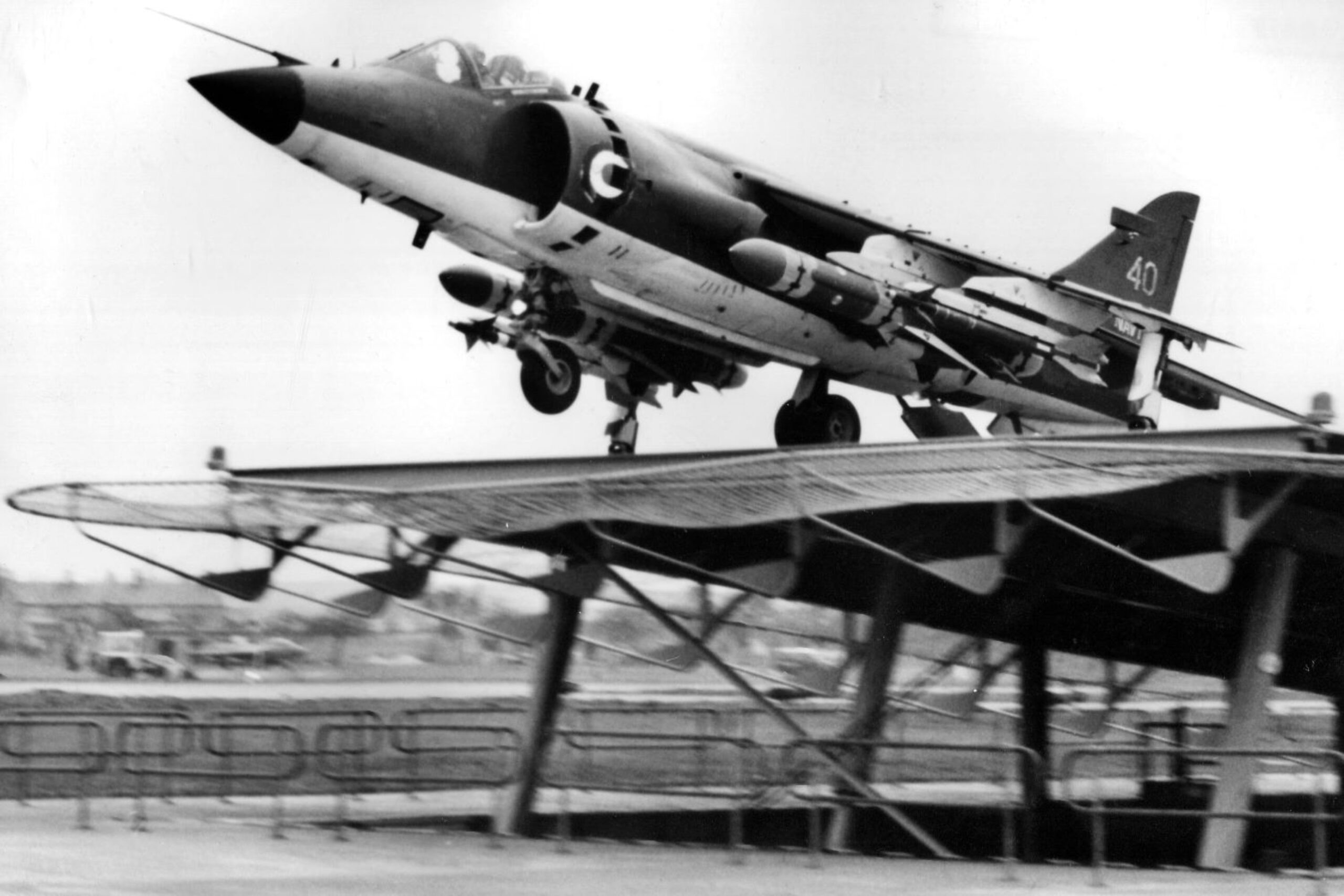Top five VTOLs to have flown at Farnborough

Vertical take-off and landing (VTOL)-capable aircraft are making headlines around the world as battery-electric eVTOL ‘flying taxi’ concepts nearer certification. However, long before the so-called ‘third aviation revolution’ quite literally ‘takes off,’ Farnborough International Airshow – the window on the world’s aerospace innovation and development – continues to showcase the latest advancements in VTOL technology.
Although British eVTOL developer Vertical Aerospace has had to cancel its plans for public demonstrations at the upcoming 2024 airshow (citing the need to prioritise the ongoing flight test programme), the event will nevertheless include VTOL participation this year – a trend spanning decades of innovation unveiled at the event. Following are five of the most interesting, innovative and – at times – downright unusual aircraft to have made an appearance at show.
1949: Cierva W.11 Air Horse
Largest helicopter in the world at the time of its debut

An unusually-configured aircraft to say the least, the Cierva W.11 Air Horse – a three-rotored, heavy-lift helicopter concept – made its Farnborough Air Show debut in 1949, a year after its first flight. The only helicopter of its type ever constructed (featuring three lifting rotors mounted on outrigger arms), the result resembles something akin to a long-legged grasshopper – if the insect featured a revolutionary hydraulically-powered rotor control system.
The behemoth was powered by a single Rolls-Royce Merlin piston engine (the type used by many a Spitfire fighter and the Lancaster bomber), with its projected roles to include aerial lifting and passenger transport. However, only two prototypes were built, and the project was cancelled following the crash of the first unit in 1950.
1958: Short SC.1
Vertical lift engine explored in first British VTOL jet aircraft

A small, delta-wing, experimental aircraft designed to explore the utility of the newly-developed Rolls-Royce RB.108 lift engine, the Short SC.1 employed five powerplants: four for vertical flight and one for horizontal flight. The first VTOL-capable aircraft to employ a fly-by-wire control system and the first British VTOL platform to make the transition to forward slight, the research project contributed significantly to the ultimate develop of the Harrier.
Building on lessons learned from the purpose-built VTOL Rolls-Royce Thrust Measuring Rig (better known as ‘The Flying Bedstead’), two prototypes were built; first displayed publicly at the 1958 Farnborough Airshow (albeit in a static role). The aircraft returned in 1960 and would later make a demonstration flight at the 1961 Paris Airshow.
1962: Wallis WA-116 ‘Little Nellie’
From James Bond fame to Farnborough display

A British autogyro developed in the early 1960s by former Royal Air Force Wing Commander Ken Wallis, the WA-116 was built British company Beagle Aircraft and used primarily for testing work. The only civilian endeavour on this list to date, the diminutive 110kg WA-116 could nevertheless lift twice its own weight; hence the British Army Air Corps’ interest in evaluating the platform.
However, the WA-116 found its 15 minutes of militaristic fame in the 1967 James Bond film You Only Live Twice, where the aircraft – nicknamed ‘Little Nellie’ – was modified to accommodate an airborne arsenal of flamethrowers, rockets and airborne mines to allow Bond to defeat Blofeld’s ensuing helicopter-borne baddies.
1992: Yakovlev Yak 141
End of cold war hinders afterburning VTOL jet

The successor to Russia’s only operational VTOL strike fighter, the Yak-38, the Yakovlev Yak 141 was designed as a single-engine supersonic fighter for the Soviet Navy. The first hover flight was performed in 1989, with two prototpes involved in the flight test campaign. However, following the dissolution of the Soviet Union, the newly-formed Commonwealth of Independent States (CIS) announced it could no longer fund ongoing development of the programme.
Following discussions with the Lockheed Corporation (which was designing the X-35 for the US Joint Strike Fighter programme, the forerunner to the F-35), the Yak-141 was displayed at Farnborough during the 1992 show. However, the decommissioning of all Kiev class aircraft carriers (which the aircraft was intended for) in 1995 ultimately doomed further development.
2016: Lockheed Martin F-35B Lightning II
Two years late, but worth the wait

Despite displaying two years later than originally anticipated – with an engine fire grounding the fleet on the eve of the 2014 airshow – the Lockheed Martin F-35 Lightning II made its much-anticipated UK debut in 2016, more than two decades after the Joint Strike Fighter programme first got off the ground.
The single-engine, multirole, stealth-equipped fighter was designed in three variants: the conventional take-off and landing F-35A, the S/VTOL F-35B, and the carrier-based F-35C. Powered by a Pratt & Whitney F135 low-bypass augmented turbofan (complemented by a shaft-driven lift fan to facilitate S/TOVL operations), the F-35 will again be bringing the noise in 2024 with USAF and RAF examples taking to the skies on Monday and Friday.
Honourable mention – 1978: Harrier T.52A / Sea Harrier FRS.1
Purpose-built ski slope complementing aircrafts’ V/STOL capabilities

The Harrier ‘jump jet’ – an idea conceived in a 1951 meeting at the Royal Aircraft Establishment (RAE) at Farnborough – was originally developed by British manufacturer Hawker Siddeley. Rotating jet nozzles were an integral element of the platform’s vertical takeoff capability, with the Bristol Engine Company’s vectored thrust engine originally powering the ‘Kestrel’ prototype. The resulting aircraft entered into RAF service in 1969, with McDonnell Douglas later joining forces for the development of subsequent variants.
A Sea Harrier version also proved popular worldwide, with the 1978 Farnborough Air Show the first time the variant – having only made its inaugural flight a month earlier – was unveiled to the public. Although the platform was capable of vertical takeoffs, to best demonstrate the aircraft’s STOL (short takeoff and landing) capabilities, it was decided a 15 degree ‘ski jump’ was the best way to launch the V/STOL aircraft into a ballistic trajectory. A ramp was duly assembled by the Army, with the US Marines allegedly so impressed with the setup that they commissioned another one for the Paris Air Show.
















